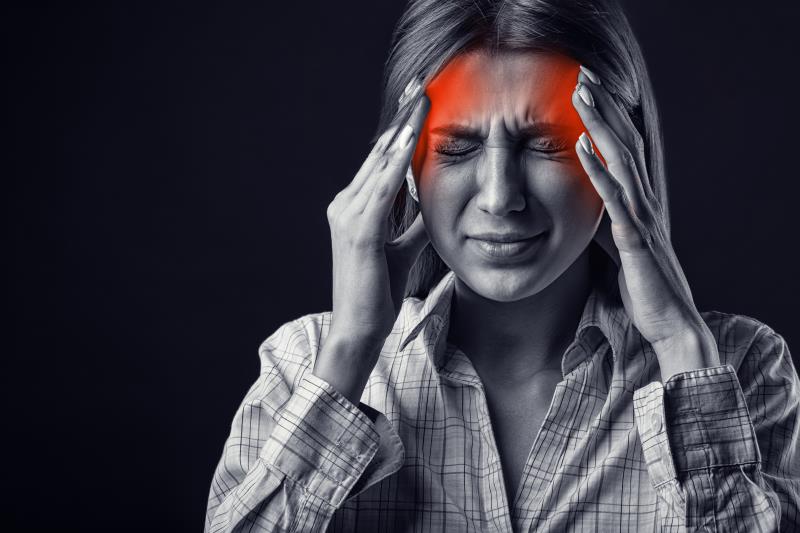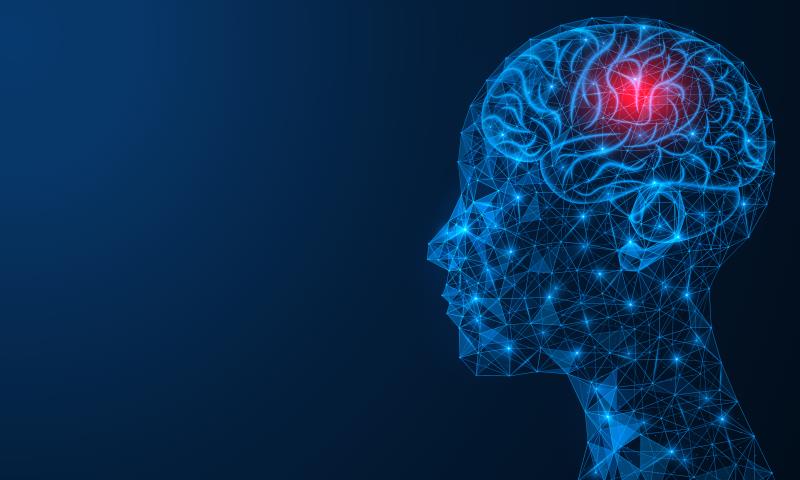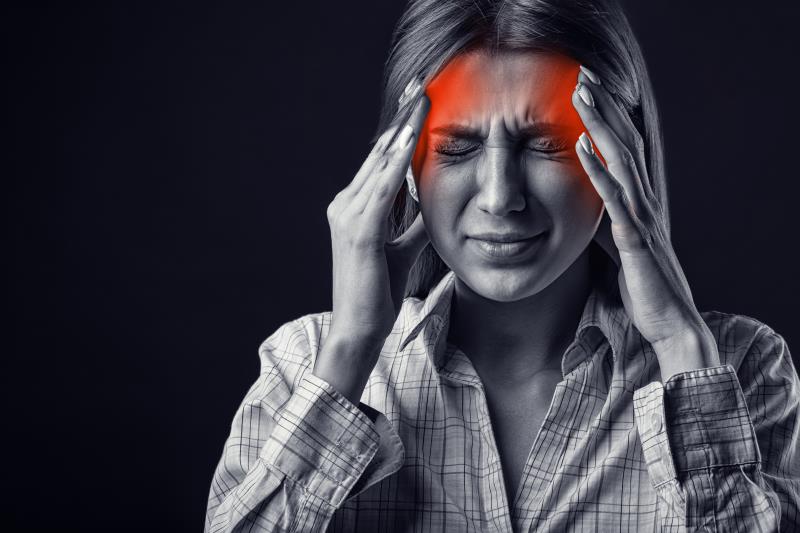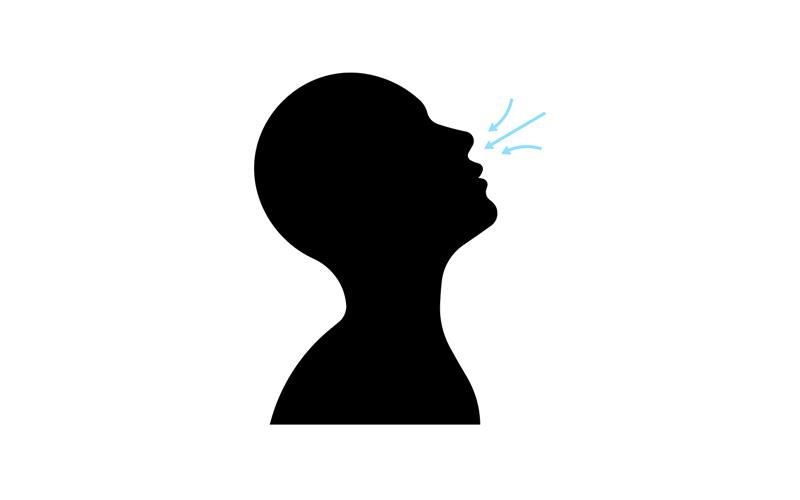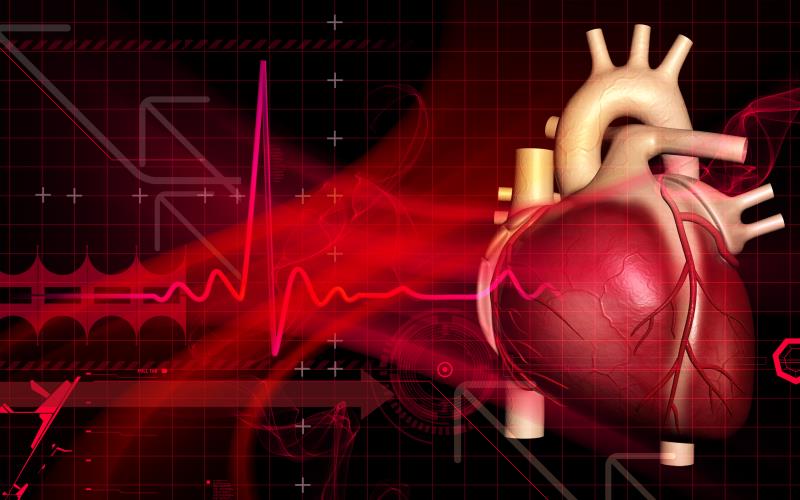Content on this page:
Content on this page:
Overview
Migraine headache is a common episodic primary headache that
is disabling with associated nausea and/or light and sound sensitivity, as
stated in the Introduction
section.
Based on the 2015 data from the World Health Organization
(WHO), 50-75% of adults aged 18-65 years old in the world have had headaches,
and ≥30% of them have reported having migraine headaches. A detailed discussion
about the prevalence of migraine headaches is in the Epidemiology section.
The Pathophysiology section discusses the developmental
process of migraine headache, which includes the activation of the
trigeminovascular system and the pain of migraine being linked to the onset of
neurogenic inflammation.
The risk factors and possible triggers of migraine headache
are discussed in the Risk Factors section.
 Migraine Headache_Disease Summary
Migraine Headache_Disease SummaryHistory and Physical Examination
The Clinical Presentation section describes the clinical features of migraine headache. The History and Physical Examination sections emphasize the importance of a thorough history and physical examination in the proper diagnosis of migraine headache.
Diagnosis
The Diagnosis or
Diagnostic Criteria section
features the different bases in classifying migraine headache as migraine with
or without aura, chronic migraine, and episodic migraine.
The diseases that should be ruled out in the diagnosis of
migraine headache are listed in the Differential
Diagnosis section.
Management
Therapy decisions should be made based on the severity of
headache. Severity categories and indications for prophylactic therapy are enumerated
in the Evaluation section.
General therapy principles and management strategies for migraine
headache dependent on whether such treatment is for an acute episode or for
prophylaxis are discussed in the Principles
of Therapy section.
The Pharmacological
Therapy section discusses in
detail the medication options for acute episodes and prophylactic treatment of
migraine headache.
The Nonpharmacological section discusses the importance of patient education
and lifestyle modification in the successful management of migraine headache.



